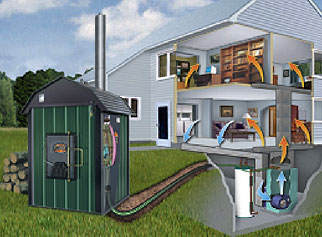^^ Thanks Joe
The Roxul stuff is pretty cheap for how long it seems to last, how effective it is and how easy it is for smaller jobs like mine. This is what I am planning on getting for the garage walls.
The Roxul stuff is pretty cheap for how long it seems to last, how effective it is and how easy it is for smaller jobs like mine. This is what I am planning on getting for the garage walls.
Yes I have and often do. You could be onto something...Didn't I read some place that you work in a greenhouse? Greenhouses are nice and warm




